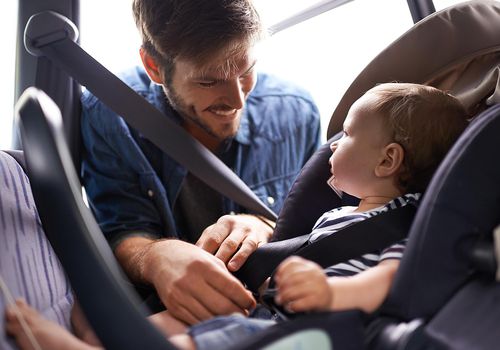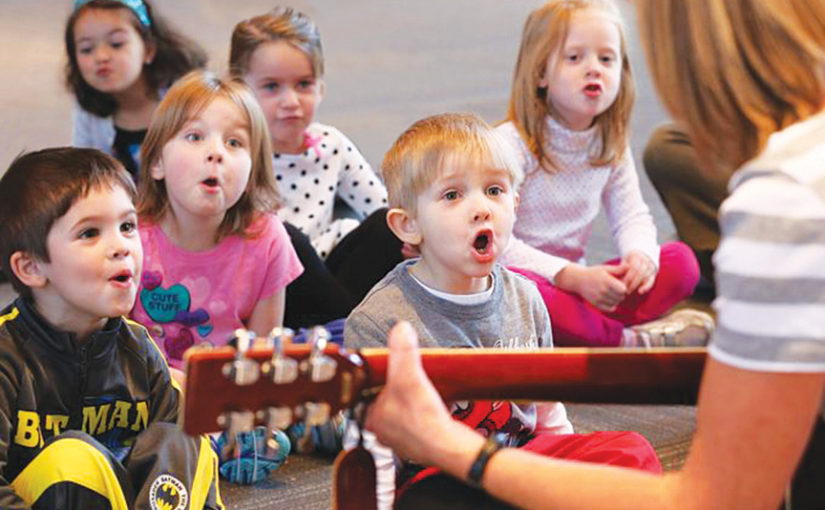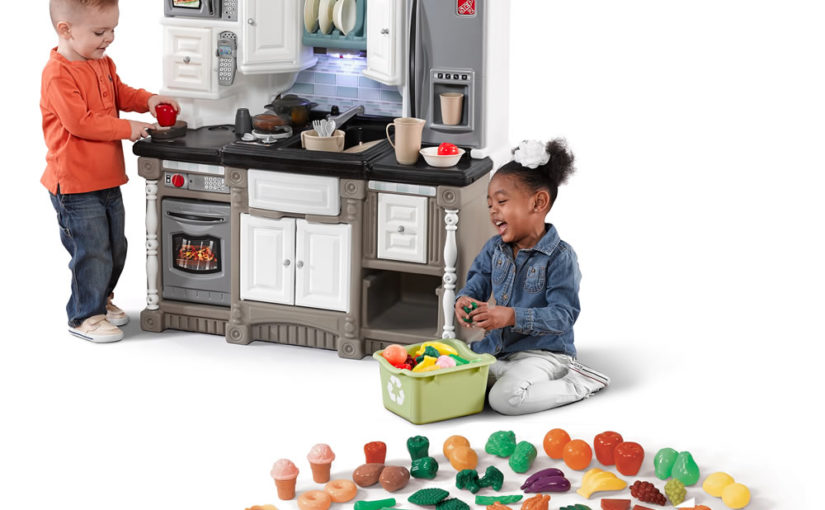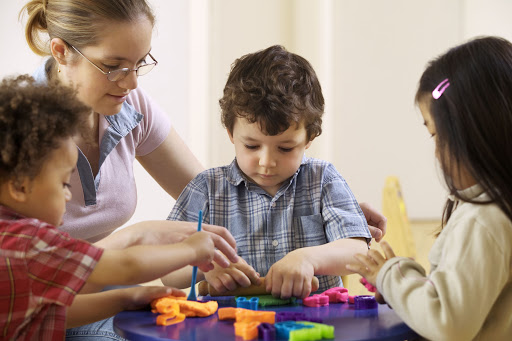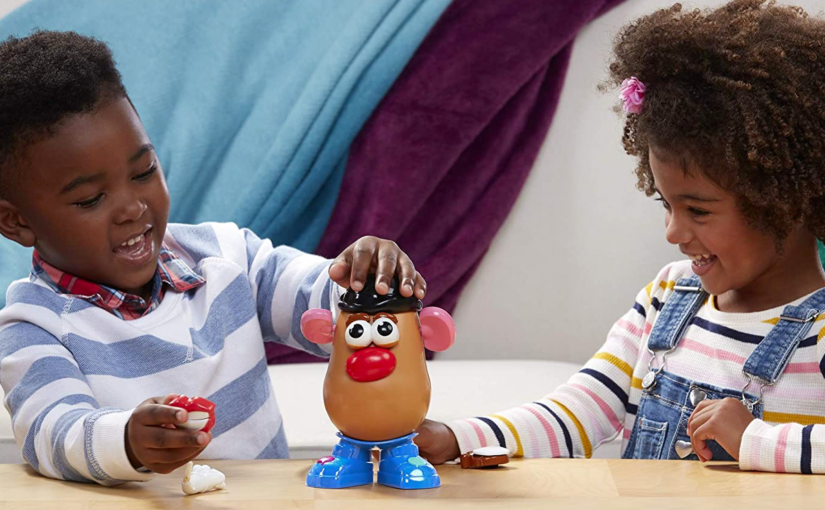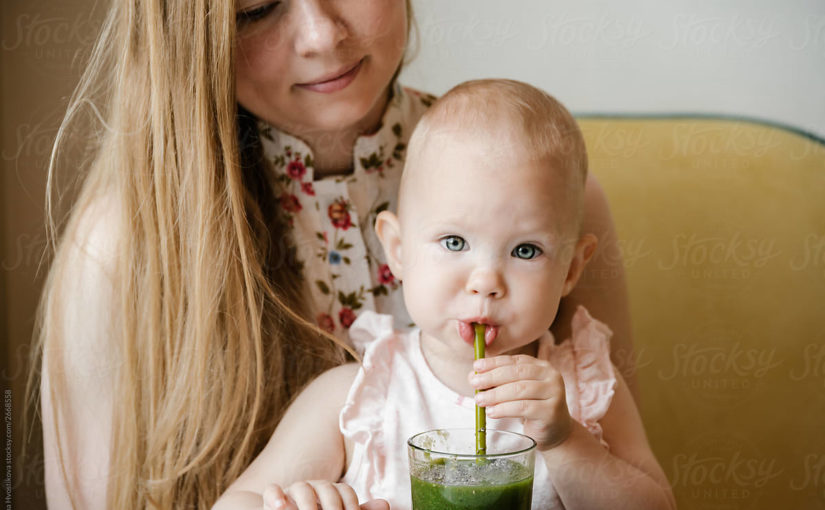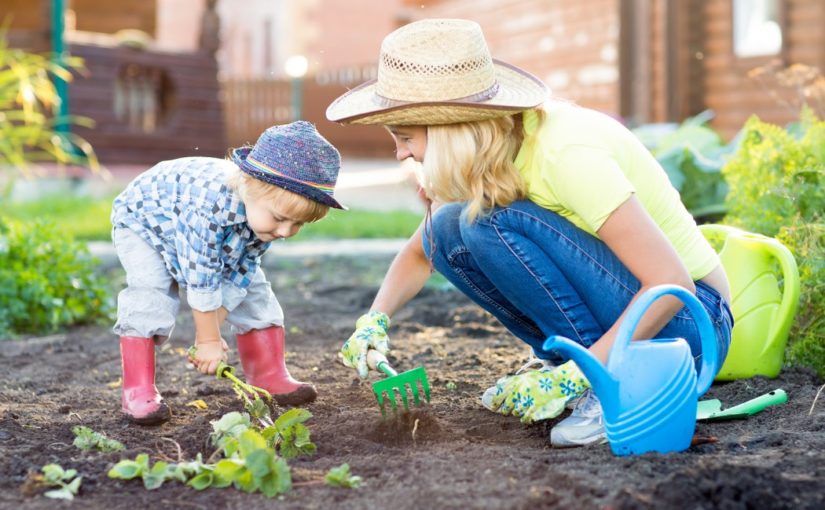Ever wondered how much children can learn while riding in the car? Whether your child is rear facing or forward facing, it can be possible to learn new fun things during car rides, long or short! Some children love car rides, some do not. For those who don’t like it so much, we can find ways to distract them from their protest by utilizing language! As you are getting them in the car, describe what you are doing, maybe even by singing it. For example, “Up, up, up we go”, “For a ride we go”(tune of Row, Row, Row Your Boat), “For a ride”, “In the car”, “For a ride we go”. Talk to them about getting their arms in the straps(Arms in, 1, 2), buckling it up(Snap!), then “Here we go!”. When able, talk about what you see during the ride, sing some songs(especially for the riders that don’t enjoy it so much). For the forward facing riders, ask them questions about what they see or hear so they can tell you. If you’re not the driver, maybe even offer some choices of drinks or snacks, which is also a good way to keep them distracted from any anxiety they may feel. Use a lot of descriptive language as you talk about what you see. For example, “Look!” “A big truck!”, “There’s a blue car”, “Awwww what a cute puppy!”, “There’s a cow, what does it say?”, “Mooooo, that’s what a cow says!”. Even if they aren’t able to, or choose not to repeat sounds/words back to you, they are still absorbing the information and will eventually engage in imitation. Most importantly, have fun with them and enjoy the time without having to worry about the regular interruptions of life!
Sounds/words to include: car, seat, sit, up, down, in, out, go, stop, buckle, snap, truck, plane, house, trees, sun, clouds, stars, moon, sky, beep, zoom, slow, fast, name animals you might see, colors, foods/drinks you may have, etc.
